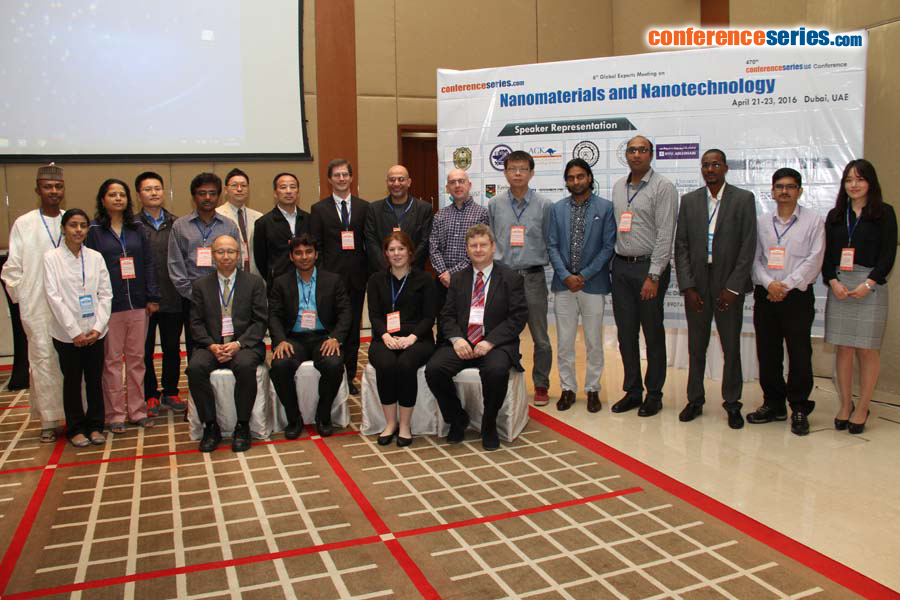
Tanuja Mohanty
Jawaharlal Nehru University, India
Title: Controlled modulation of surface–electronic properties of graphene by ion implantation
Biography
Biography: Tanuja Mohanty
Abstract
Graphene is a 2D carbon network exhibiting zero band gap thus limiting its application in nanoelectronics and energy materials. Nitrogen doping of graphene has been found to be a suitable route to open the band gap and tune the electronic structure of graphene for its application in lithium batteries, fuel cells and supercapacitors. Substitutional doping by chemical route although has become in practice, yet lacks a systematic control over dopant concentration. On the other hand, insertion of nitrogen atoms into graphene by nitrogen ion implantation at low energy (few eV to keV) range is much more fruitful in controlling the dopant concentration and dopant distribution by allowing uniform incorporation of dopants through production of point and extended defects. Variation of ion beam energy and fluence results in different doping levels giving rise to different branching ratio between pyridinic and graphitic nitrogen. This results in systematic variation in intensity ratio of D and G and 2D peaks of Raman spectra of graphene. Ion bombardment induced carbon loss leads to formation of various kinds of defects in the graphene lattice where the nitrogen atoms are able to insert and bond to neighbouring carbon atoms. The loss of carbon atoms are estimated from SRIM-2013 (stopping of ion in matter) simulation programme. Scanning Kelvin probe measurement reveals that N-ion implantation leads to a shift in the Fermi level of pristine graphene in a controlled manner. The areal density of N-implantation induced electron doping quantified from the integral of the Fermi level shift is correlated with the observed variation in Raman spectra with fluence.



